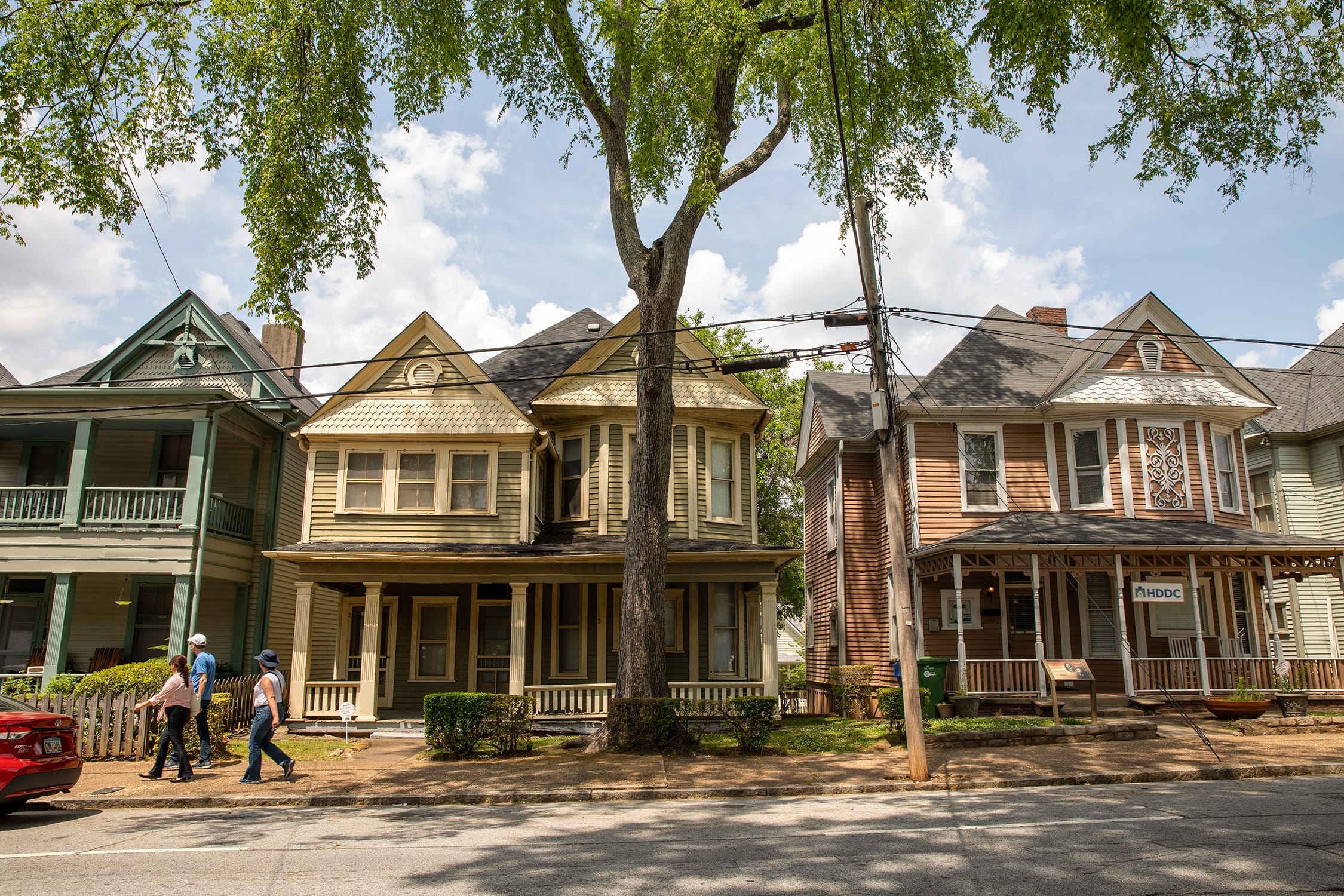Atlanta’s reputation as a haven for Black people in the South and Martin Luther King Jr.’s legacy are closely tied. The same streets where he grew up and later raised his own family, along Auburn Avenue—known colloquially as “Sweet Auburn”—is a local African American stronghold. It’s also the site of Martin Luther King, Jr. National Historical Park.
Protected in partnership with Trust for Public Land, the park includes a visitor center, a rose garden, historic Ebenezer Baptist Church where Dr. King often gave sermons and other speeches, a fire station, King’s birth home, and a monument that his wife, Coretta, unveiled in 1990 in tribute to her late husband.
Georgia State Director George Dusenbury has been with TPL for almost a decade. In that time, he’s steered the organization’s overarching dedication to preserving and maintaining sites that illustrate King’s work, voice, and vision. Trust for Public Land’s work at the property, however, goes much further back, before Dusenbury’s tutelage.
Beginning in the early 1980s, Trust for Public Land purchased five row homes situated along Auburn Avenue. The houses were across from the family home where King spent the first 12 years of his life, the same house where park rangers lead guided tours today. Later, in 2008, TPL secured one of the last properties in the historic district—an important step in preserving the neighborhood as Dr. King would have remembered it.
According to Dusenbury, the mid-’90s marked a pivotal tipping point. It was then that plans to solidify a brand-new visitor center were first discussed. At the time, he was working for the late Congressman John Lewis. “The Olympics were coming to town, and the current visitor center did not exist,” says Dusenbury. “And it was really important that we were able to tell the story of Dr. King to the world. We were having the world coming to our doorstep. It was Atlanta’s moment to shine. And we had this old, outdated visitor center.”
Where the visitor center and parking lot now stand used to be a pen factory, owned by a conglomerate in Japan. The land was sold to Trust for Public Land and later the National Park Service. Annually, more than a million visitors trek to the national park and the nearby King Center, where Coretta and Martin have been laid to eternal rest over a reflection pool. The work to preserve and interpret the area is a commitment to honoring history—and to elevating hope for an equitable future for African Americans, a dream Dr. King so often expressed.
Judy Forte, the park’s superintendent for over a decade, heartily believes in the mission both present and past. “I consistently hear how much this park has inspired visitors to not give up and [to] find a deeper meaning of love and peace,” she says. “It is important for everyone who visits to understand the journey of liberty and justice, together with forces that barred or opened the ways for our ancestors. The opportunity to visit the actual locations where a historically significant event took place allows visitors to reflect, be inspired, and to remember the struggle for civil rights and freedom in America.”
This raw, beautiful landscape in Southern California is home to Indigenous heritage sites, and it provides critical habitat for threatened and endangered species. Urge President Biden to safeguard this extraordinary landscape today!
In Their Own Words
In the vignettes to follow, those walking the streets surrounding Martin Luther King, Jr. National Historical Park in Atlanta’s Old Fourth Ward neighborhood shared their insights. We found them milling around after touring the family home or leaving the visitor center, experiencing the interactive exhibits as a grounding for what else they would learn.
Hailing from all over the country (and in some cases the world), these visitors journeyed to Atlanta for different reasons. All had in common one prevailing thing: a thirst for knowledge and to understand more deeply the life Martin Luther King Jr. lived and what lessons he left behind.
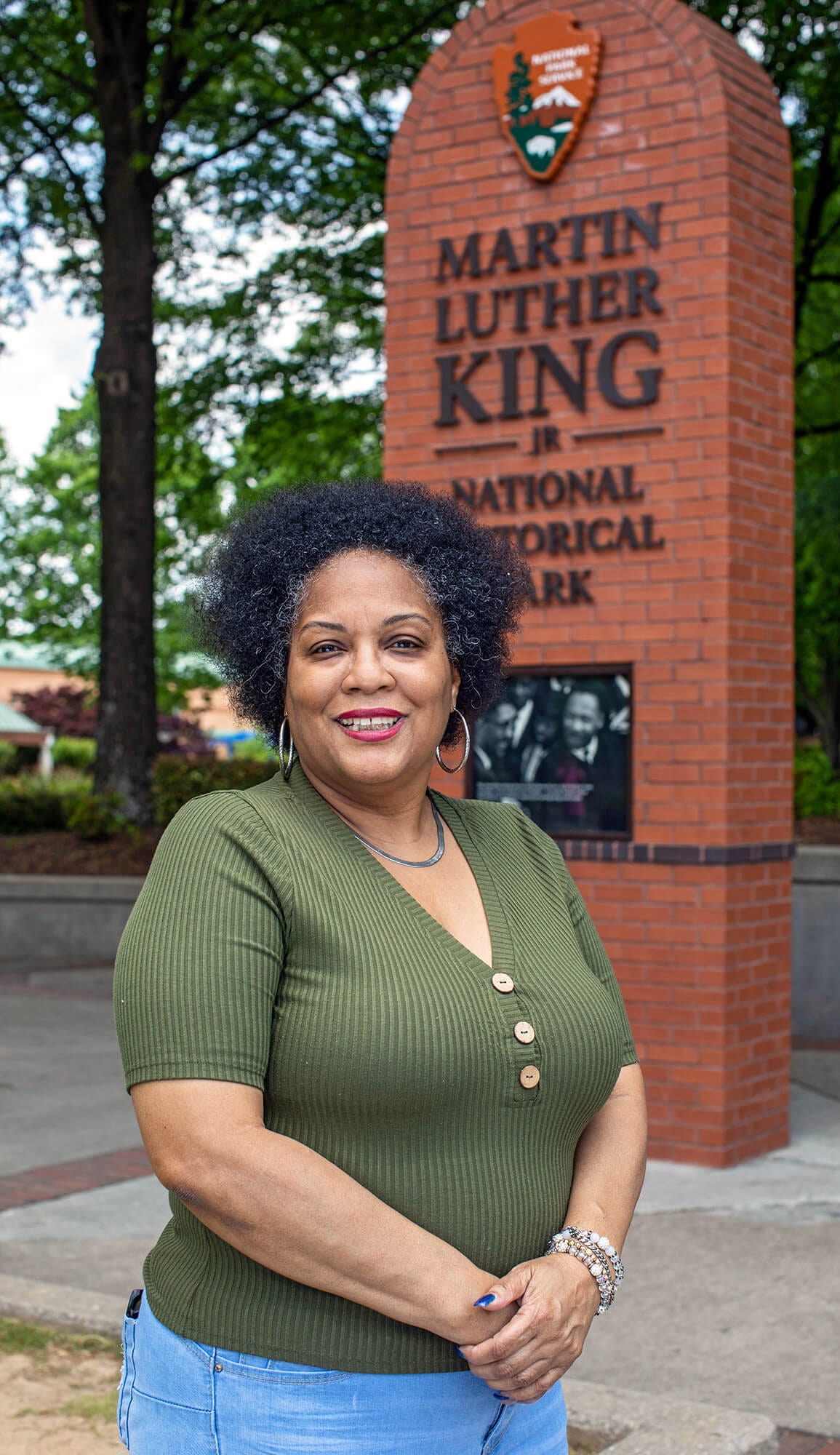
“We study the history of Dr. Martin Luther King Jr., but to actually see these sites and be here? It makes me feel closer to him as an African American woman. Because if he had not done what he did, we would still be sitting on the back of the bus. There would still be Jim Crow laws. It’s different being in the South—in the North we have our prejudices and racism, too. [They] are just not as evident. To know that he stood for something without seeing it come to fruition? We’re still a part of that.”
– Renee Haynie | Bronx, New York

“I learned a lot of things when I visited the house of MLK. I’m coming from France, from far away. And usually when they are talking about the civil rights movement in France, when they mention MLK, they can’t explain everything, and you leave those conversations confused. This was an opportunity to discover the real atmosphere. I learned about his family, his struggles, and all the things that happened during segregation. I feel really proud—it was exciting to learn about the Black community here in Atlanta.”
– Lionel Naude | Paris, France
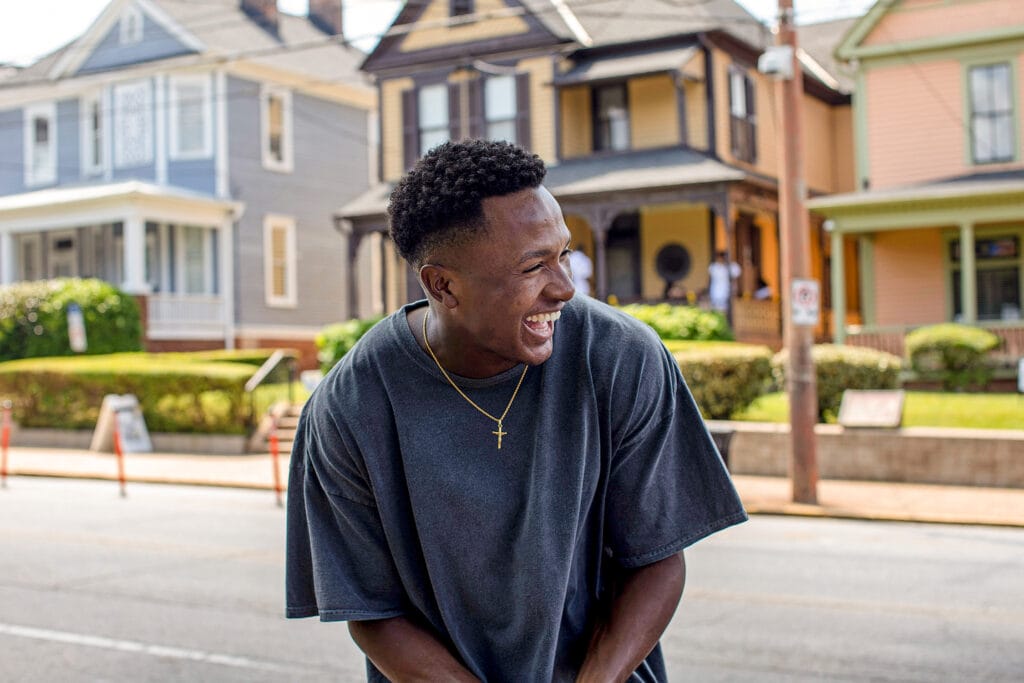

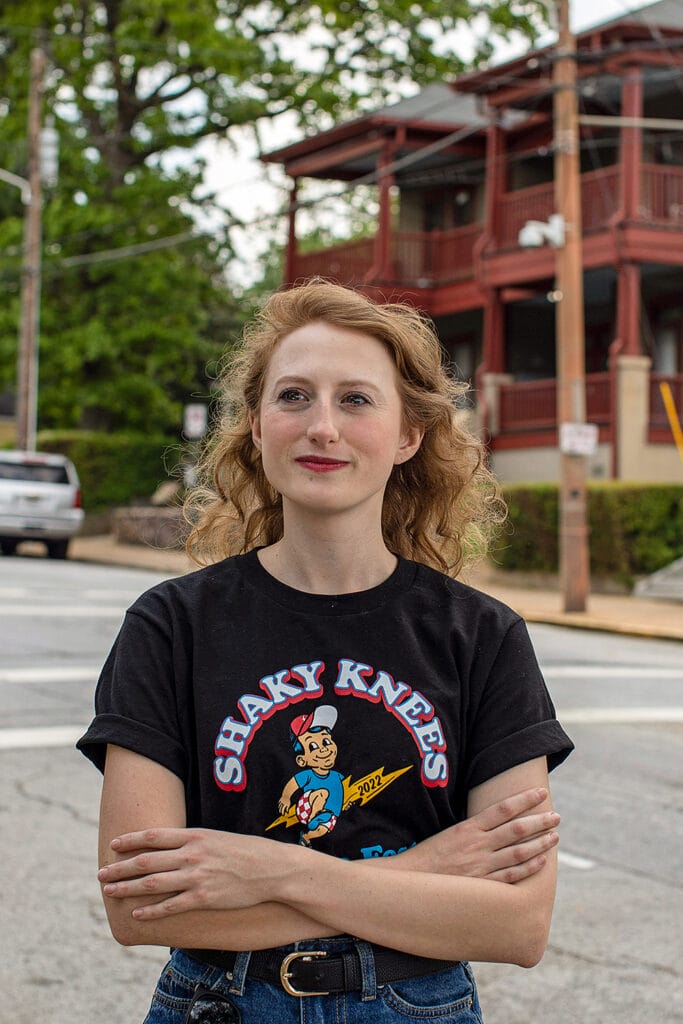
“It was amazing to go in the center and reflect on his life and the lives of others who really wanted to see justice in the world. And to also see the hope that generations will carry that on. It was stunning and beautiful—something I’ll remember for the rest of my life and return to.”
– Kathryn Smyth | Phoenix, Arizona
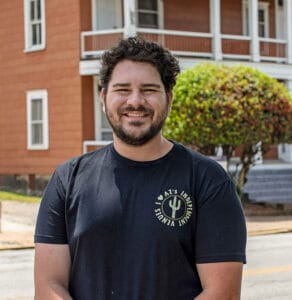
“I hope they continue to restore and preserve this neighborhood because it is truly such an emotional and impactful part of this country’s history. When you’re in the center of it, it’s so much more impactful than watching it on TV or learning about it in school.”
– Colton Joralmon | Phoenix, Arizona

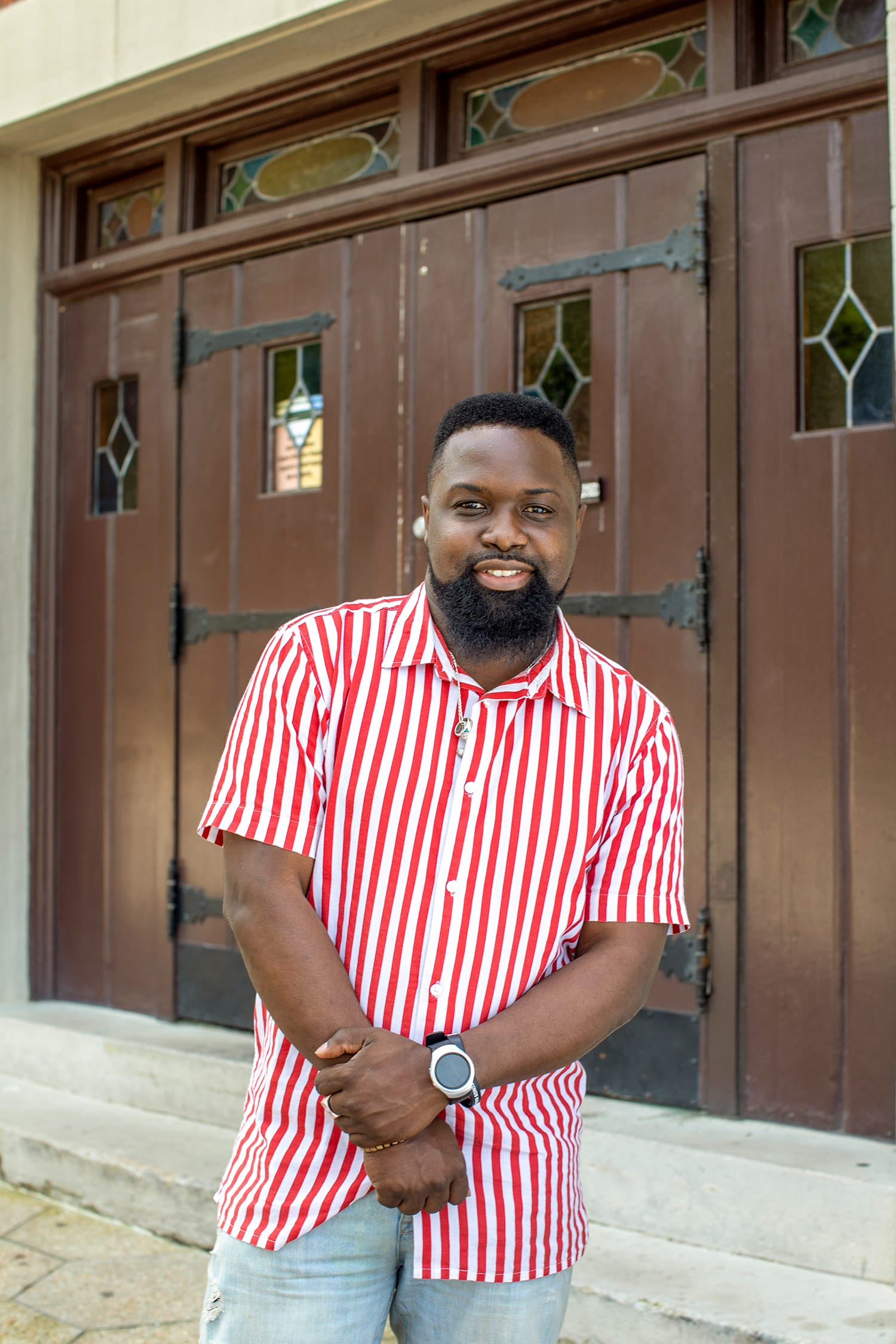
“It was inspirational to see and to get a feel of what took place here. I think that everyone should experience it.”
– Jevaris Evans | Fort Lauderdale, Florida

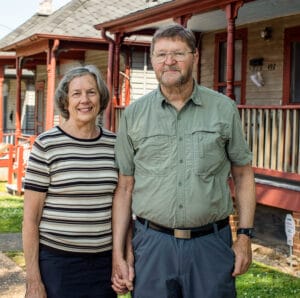
“We were interested in the history of the civil rights movement, since in Atlanta there was a lot that happened. It’s more the personal impact and hearing the individual stories of people who are here. We were in high school in the ’60s, and we didn’t learn the right stuff. It’s just so impactful. Somehow, we want everyone to know and learn about this.”
– Susan & Paul Dragsten | Minneapolis, Minnesota

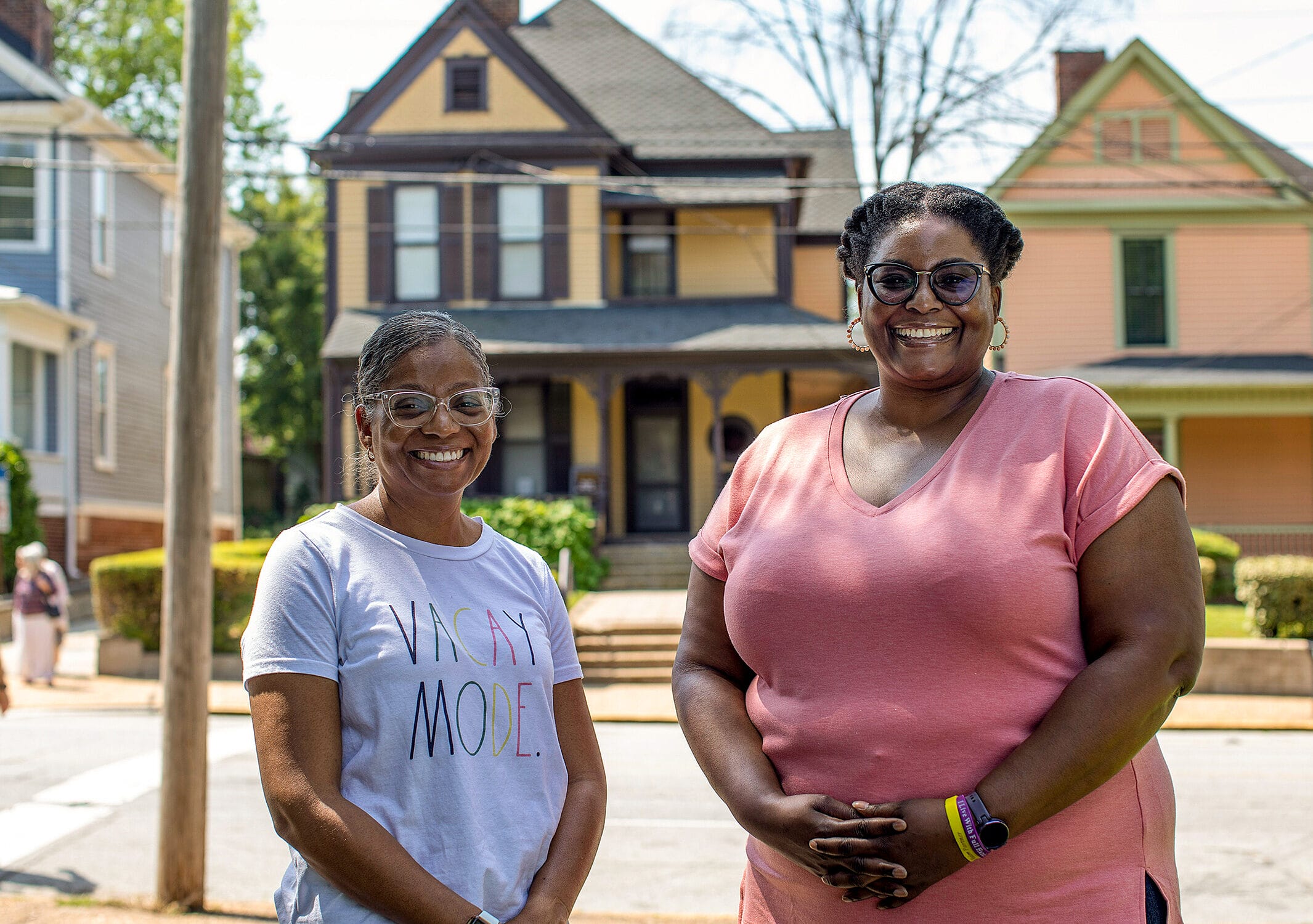
“I wanted to come here because when you think of Atlanta, that’s one of the things you think about: it being the birthplace of Martin Luther King Jr. Him as a person and being able to actually see where he was born and where he lived. That’s the reason I wanted to come here.”
– Dorian Williams | Richmond, Virginia
“I live in Virginia, and in Virginia all the streets are named after Confederate soldiers. Being here and seeing all these Black names? I never took it in until this trip. The history of Atlanta is inspiring. It feels good to see Blackness reflected.”
– Jennifer Brown | Richmond, Virginia

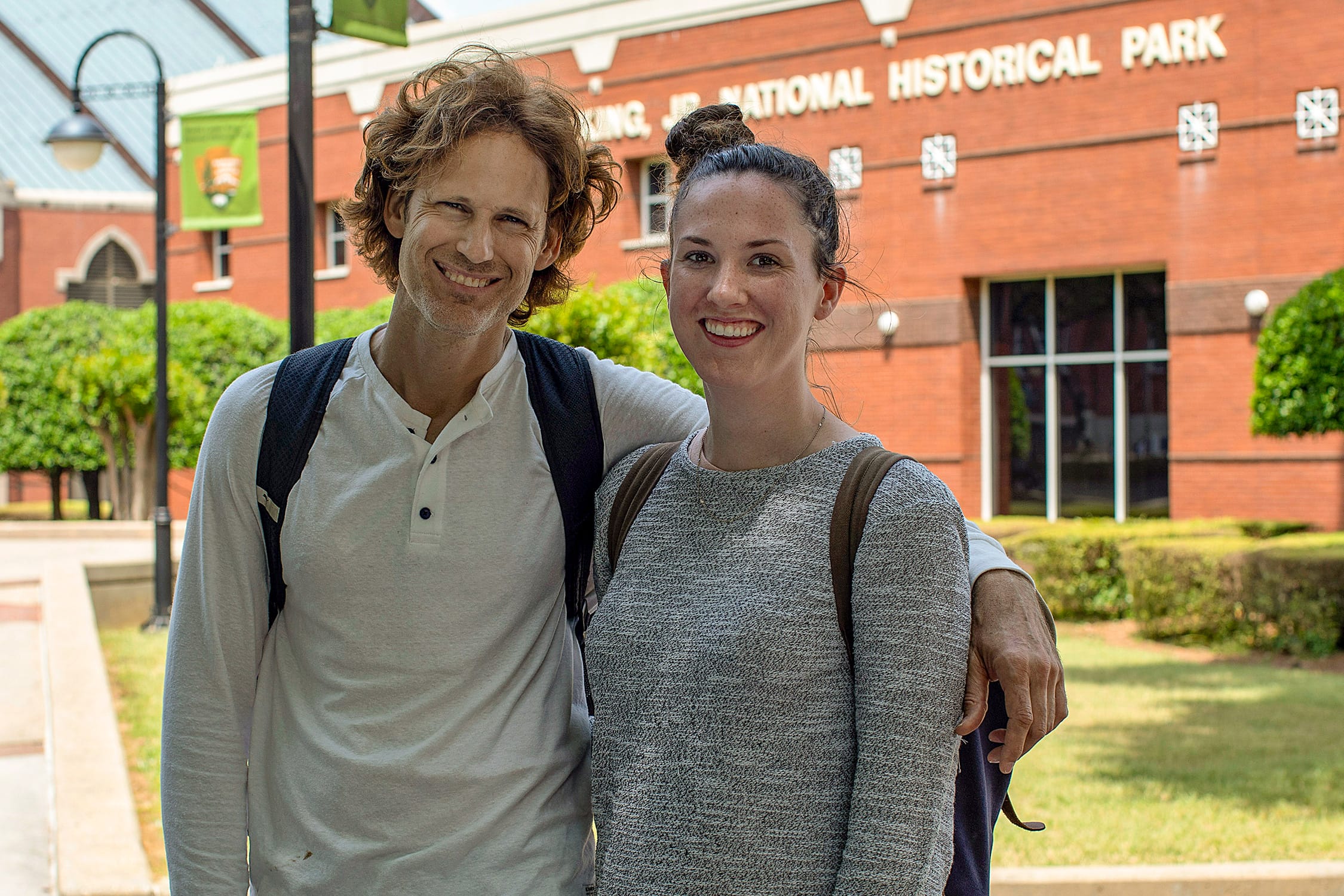 “Being here definitely humanized Martin Luther King Jr. for me. I knew very little about him other than the great things he’s done. But to be able to walk down the actual streets that he grew up on as a child and [see] the house he grew up in was very touching. I was moved by that. I think everyone should come here.”
“Being here definitely humanized Martin Luther King Jr. for me. I knew very little about him other than the great things he’s done. But to be able to walk down the actual streets that he grew up on as a child and [see] the house he grew up in was very touching. I was moved by that. I think everyone should come here.”
– Frank Evan Hawn | Houston, Texas
“Being able to see a glimpse of [King’s] personhood—outside of what we learned in school drove home the more challenging parts of his story. Seeing him as a real person and . . . not only a figure. For instance, the fact that he was a pacifist and had such a violent ending seems absurdly unfair.”
– Maryhelen Murray | Houston, Texas


“Coming to this site was incredibly moving. It’s a reminder not just of history but of how far we still have to go: that there still is tremendous inequality in America, that there are people who don’t believe there is or think we should ignore it. And it’s a reminder to me that we have so much farther to go until we can truly say we shall overcome. We need to tell our children, our grandchildren, our family and friends, about what Martin did and what we still need to do.”
– David Biderman | Alexandria, Virginia
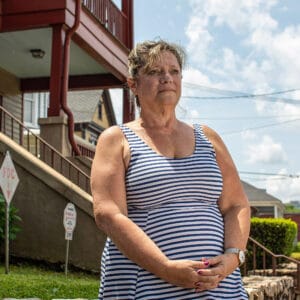
“We just finished up at the visitor center, and it was definitely one of the most moving museums I’ve been to in my life. I was born in 1963, which is a year where a lot of big things happened. And it really resonates with me that a lot of this took place during my lifetime. When I was young, my parents used to talk to me about the Freedom Riders and everything that was going on. So, it’s vivid not only in my head as history but as memory. This day has been incredible. And it’s not something I realized would be so poignant when I arrived.”
– Donna Biderman | Alexandria, Virginia
Explore more of our work protecting sites that tell the story of the Black experience in America.
Nneka M. Okona writes about travel, food, books, and wellness. She is the author of Self-Care for Grief and The Little Book of Self-Healing. A budding tarot enthusiast and lover of hours-long cooking projects, Nneka recently relocated from Atlanta to Fort Worth, Texas.

Donate to become a member, and you’ll receive a subscription to Land&People magazine, our biannual publication featuring exclusive, inspiring stories about our work connecting everyone to the outdoors.

